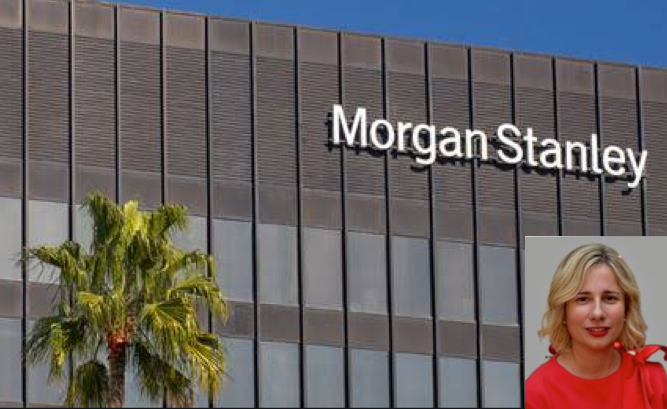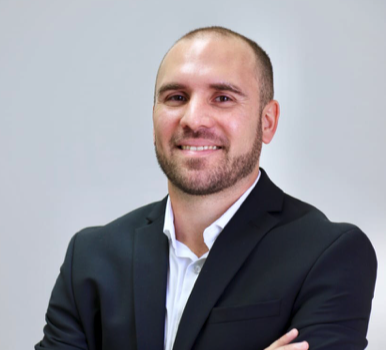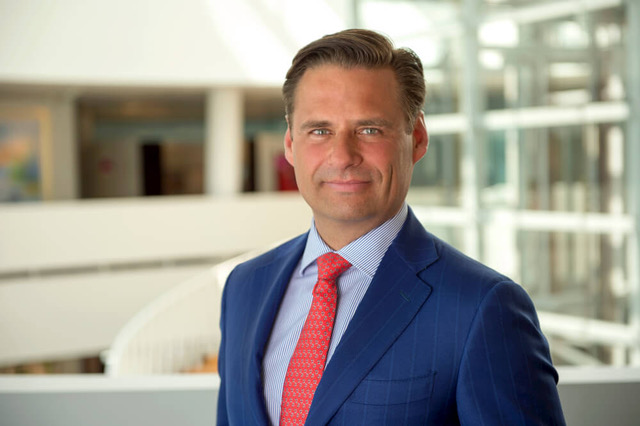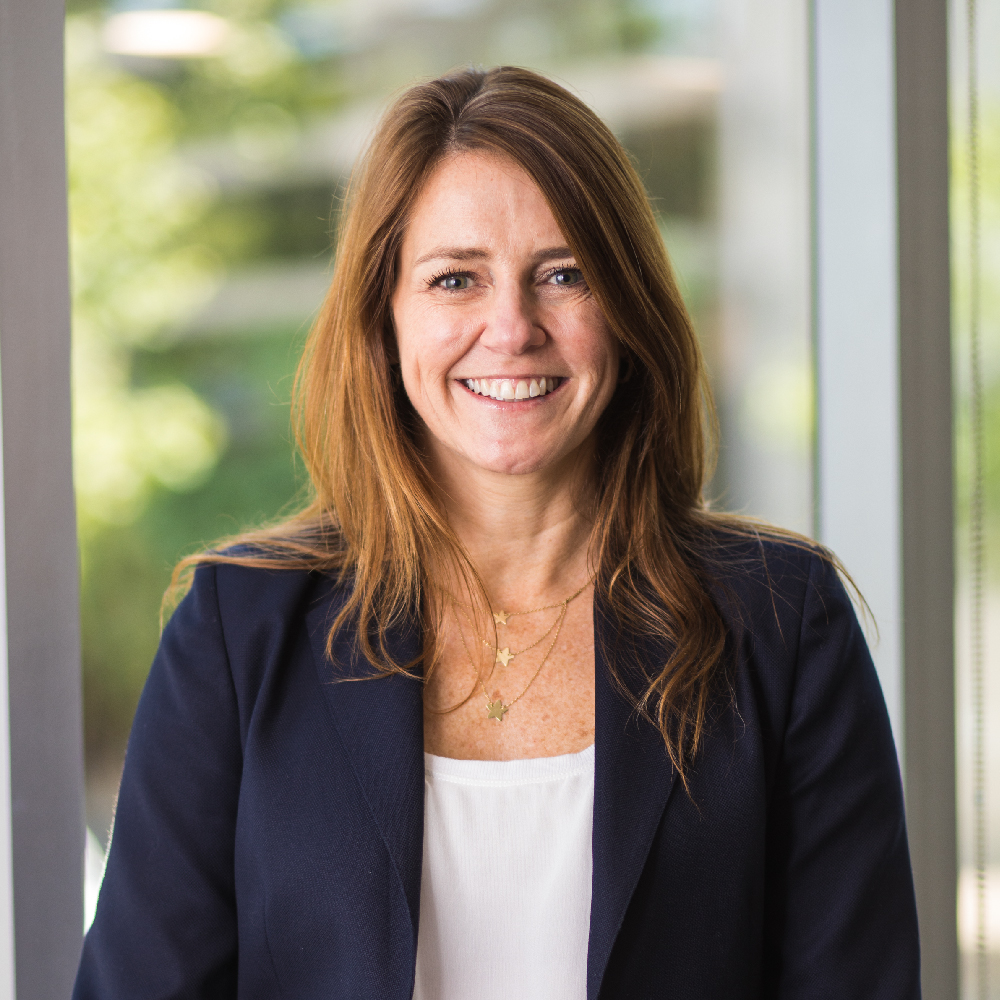¿Cómo gestionaron las afores sus inversiones en Bonos “M” y Udibonos para las Siefores Básicas?
| Por Gabriela Huerta | 0 Comentarios

La tenencia de gubernamentales de gran riesgo, bonos “M” (M) y Udibonos (UDI), ha impulsado el desempeño del SAR en este año que fue el último de las Siefores Básicas (SB) 4, 3, 2 y 1, que se despiden con bombos. El sistema resarció lo perdido en 2018 y, a espera de la evolución de las variables y carteras en diciembre, apunta a la rentabilidad anual más alta en mucho tiempo.
Cuándo y cuánto: la dificultad de comprar en cimas y vender a tipos bajos
Los tenedores de bonos son vulnerables al abaratamiento por la subida de tasas, en tanto se benefician de su carestía cuando los tipos porcentuales caen.
No es solo tener mucho del activo redituable ni deshacerse del dañino. Importa el punto de entrada y la forma de salida. Dicho con simpleza: vender en las zonas de intereses altos produce menoscabos irrecuperables; comprar en las cimas para negociar o mantener en los ciclos de tipos bajos genera utilidades, en efectivo o contables, según el caso.
Las SB4, los fondos más riesgosos y de mayor potencial, llegaron a su último mes con alrededor de 37% en Ms y UDIs. Las referencias a 10 años bajaron hasta 257 y 157 puntos base, a 6,7% y 3,06%, respectivamente ¿Cómo actuaron las Afores en el año perjudicial y en el favorecedor?
En la primera gráfica se percibe que ante el tirón de casi 200 puntos del M “genérico” (marzo – noviembre, 2018), las administradoras variaron de modo heterogéneo su inversión en este activo. El contrasentido de las líneas refleja la disparidad de criterios para afrontar la volatilidad y aprovechar o dejar pasar oportunidades: hay dos que caen precipitadas; una que sube y cambia de rumbo; la que al final crece con fuerza; dos planas y simbólicas; alguna que “perseguía” al mercado, otra que lo evadía…

- Las SB4 conjuntadas empezaron con 14% y acabaron con 13% de tenencia. En lo individual, los Ms representaron máximos de 32% y mínimos de 0%, con rotundas variaciones.
- Es notoria la reducción de PensionIssste, la de carga superior a inicio de 2018, a casi la mitad en octubre pasado (de 33% a 17%), y de Invercap, de 27% a poco más de 7% de sus activos.
- Azteca acomodó su posición a la forma de variación de los bonos: era de 16% cuando la tasa genérica oscilaba en 7,5%; la subió a 24% cuando el mercado “volaba” a 8,80% y la fue disminuyendo a medida que tornaba a la baja, hasta 14,5%, cuando el M cotizaba en 6,95%.
- XXI Banorte aumentó su tenencia al ritmo del alza del M, de 14% a 18%, para desistir en septiembre de 2018 una vez que el rendimiento superó 7,90%. Desde entonces la achicó hasta menos de 8% de sus activos.
- Sura actuó al revés de XXI Banorte. Optó por la reducción de 12,5% a 8% de su cartera en los primeros meses alcistas, compró paulatinamente a partir de que el M bordeaba 7,7%; aumentó progresivamente ya con la tendencia bajista y multiplicó sus compras a partir de que el bono cayó a 7,5% y, para cuando éste se movía debajo de 6,90%, la cotización más cara en casi dos años, elevó su proporción a 26%.
- Es llamativa la línea zigzagueante azul en la parte media, de Principal, por las adquisiciones y disminuciones: de 21% a 17%; subibajas y reducción a 14% con el M abaratado; subidas a 25% todavía en buen momento y finalmente disminución a 19%.
- Inbursa no varió su posición marginal (1%) en la tempestad. La aumentó a 7%, poco pero con buena puntería, cuando el M había perdido 185 puntos aunque le restaba potencial.
- Coppel llegó a comprar en el período justo de modo testimonial: el 1% de sus recursos.
Udibonos por Ms, o lo inverso, por precaución o mayor aprovechamiento
Hubo Afores que vendieron Ms para tomar UDIs (y viceversa), tal vez por temor a presiones inflacionarias. La inflación, sabemos, cayó a mínimos. La sustitución no fue de 1 a 1. Cada cual siguió estrategias y magnitudes diferentes. Las líneas parecieran menos enmarañadas.

- La inversión grupal pasó de 21% a 24% del dinero de los trabajadores. La individual inicial fue máximo de 34% y mínimo de 3%; la final, de 40% y 1%.
- Véase la táctica de Inbursa, que llevó sus UDI de 15% a 26%, comprando a precios medios, para soltarla quizás antes del rango propicio, hasta casi diluirla.
- Profuturo, al contrario, comenzó comprando barato y continuó adquiriendo hasta agotarse el atractivo del producto. Su tenencia pasó de 28% a 40%.
- XXI Banorte los incrementó de 22% a 30%, antes de la última racha ganadora.
- PensionIssste subió su proporción de 3% a 11% al inicio del periodo óptimo. La aumentó a 14% en la última fase de revalorización.
- Vuelve a ser llamativa la línea de Principal por los vaivenes de su posición: de 24% a 19%; de ahí a 29%; luego a 23% vendiendo barato; ampliación a 29% en pleno encarecimiento, y nueva disminución a 23%.
- Y la de Invercap, que fue de 14% a 21%, conforme el mercado subía, y bajó hasta 12% a medida que las tasas bajaban, para aumentarla de nuevo a más de 21% en el lapso caro.
Recuperación y ganancias reales en el lustro
Como resultado de todo eso y, desde luego, de la gestión de las otras clases de activos, los resultados resultan llamativos, debajo del retorno de M10 y arriba del UDI (a excepción de dos Afores)
Retornos de SB4, M10 y Udibonos10. Enero a Noviembre 2019

El pobre desempeño del SAR en cuatro años, a 2018, se explicó en buena medida por el salto de los tipos de interés: el M10 genérico subió 350 puntos, a 9,25%, en su segundo gran estirón desde la crisis, de agosto de 2016 a noviembre de 2018. La baja posterior fue decisiva para la recuperación y ganancias del conjunto de las SB4, al grado de producir (cifras a noviembre, pendientes de datos oficiales) la mayor rentabilidad del lustro. En este preciso período será, se ve inminente, superior a la inflación acumulada. La lupa, ahora, se pondrá sobre los “Generacionales”.
Columna de Arturo Rueda











